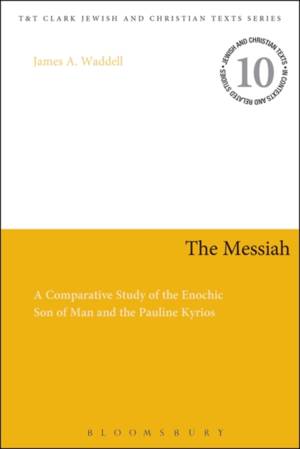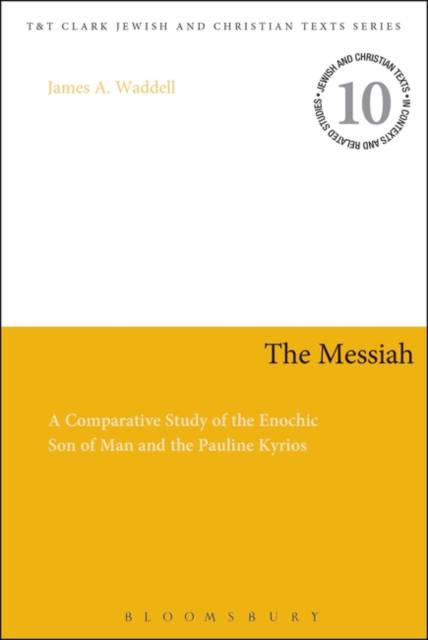
Bedankt voor het vertrouwen het afgelopen jaar! Om jou te bedanken bieden we GRATIS verzending (in België) aan op alles gedurende de hele maand januari.
- Afhalen na 1 uur in een winkel met voorraad
- In januari gratis thuislevering in België
- Ruim aanbod met 7 miljoen producten
Bedankt voor het vertrouwen het afgelopen jaar! Om jou te bedanken bieden we GRATIS verzending (in België) aan op alles gedurende de hele maand januari.
- Afhalen na 1 uur in een winkel met voorraad
- In januari gratis thuislevering in België
- Ruim aanbod met 7 miljoen producten
Zoeken
€ 339,45
+ 678 punten
Uitvoering
Omschrijving
This volume discusses conceptual elements of messianic traditions that are identified in the Parables of Enoch and the Letters of Paul by examining the nature and functions of the divine figure and of the messiah figure. Comparative analysis presented here demonstrates that the Parables of Enoch and the Letters of Paul share specific conceptual elements of messianic traditions. The combination of shared elements is so striking as to preclude the possibility that the Parables of Enoch and the Letters of Paul constituted independent, parallel developments. It cannot be claimed, however, that Paul was familiar with the text of the Parables of Enoch; there are no direct quotes of the Parables anywhere in Paul's Letters. Waddell does however show that Paul was familiar with the conceptual elements of the Enochic messiah, and that Paul developed his concept of the Kyrios out of the Son of Man traditions in the Book of the Parables of Enoch. Waddell specifically argues Pauline christology was at the very least heavily influenced by Enochic Son of Man traditions.
Specificaties
Betrokkenen
- Auteur(s):
- Uitgeverij:
Inhoud
- Aantal bladzijden:
- 256
- Taal:
- Engels
- Reeks:
Eigenschappen
- Productcode (EAN):
- 9780567580320
- Verschijningsdatum:
- 3/11/2011
- Uitvoering:
- Hardcover
- Formaat:
- Genaaid
- Afmetingen:
- 155 mm x 229 mm
- Gewicht:
- 521 g

Alleen bij Standaard Boekhandel
+ 678 punten op je klantenkaart van Standaard Boekhandel
Beoordelingen
We publiceren alleen reviews die voldoen aan de voorwaarden voor reviews. Bekijk onze voorwaarden voor reviews.









